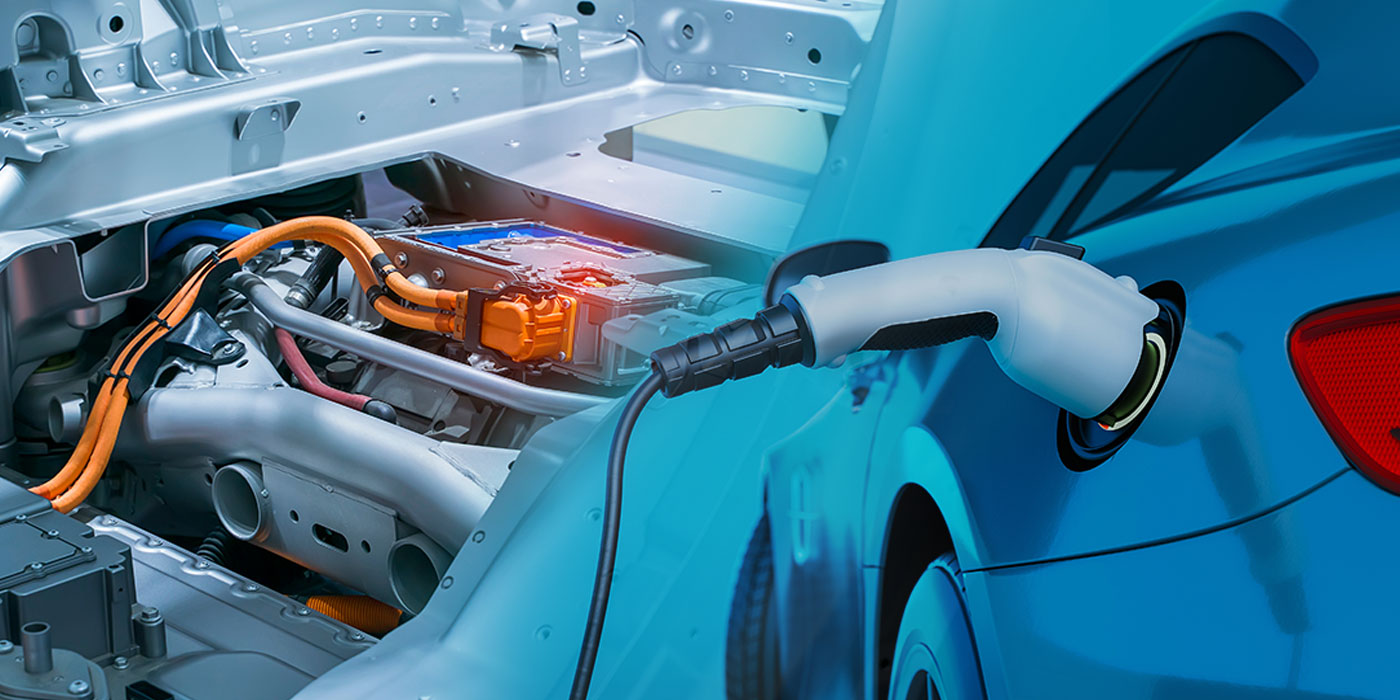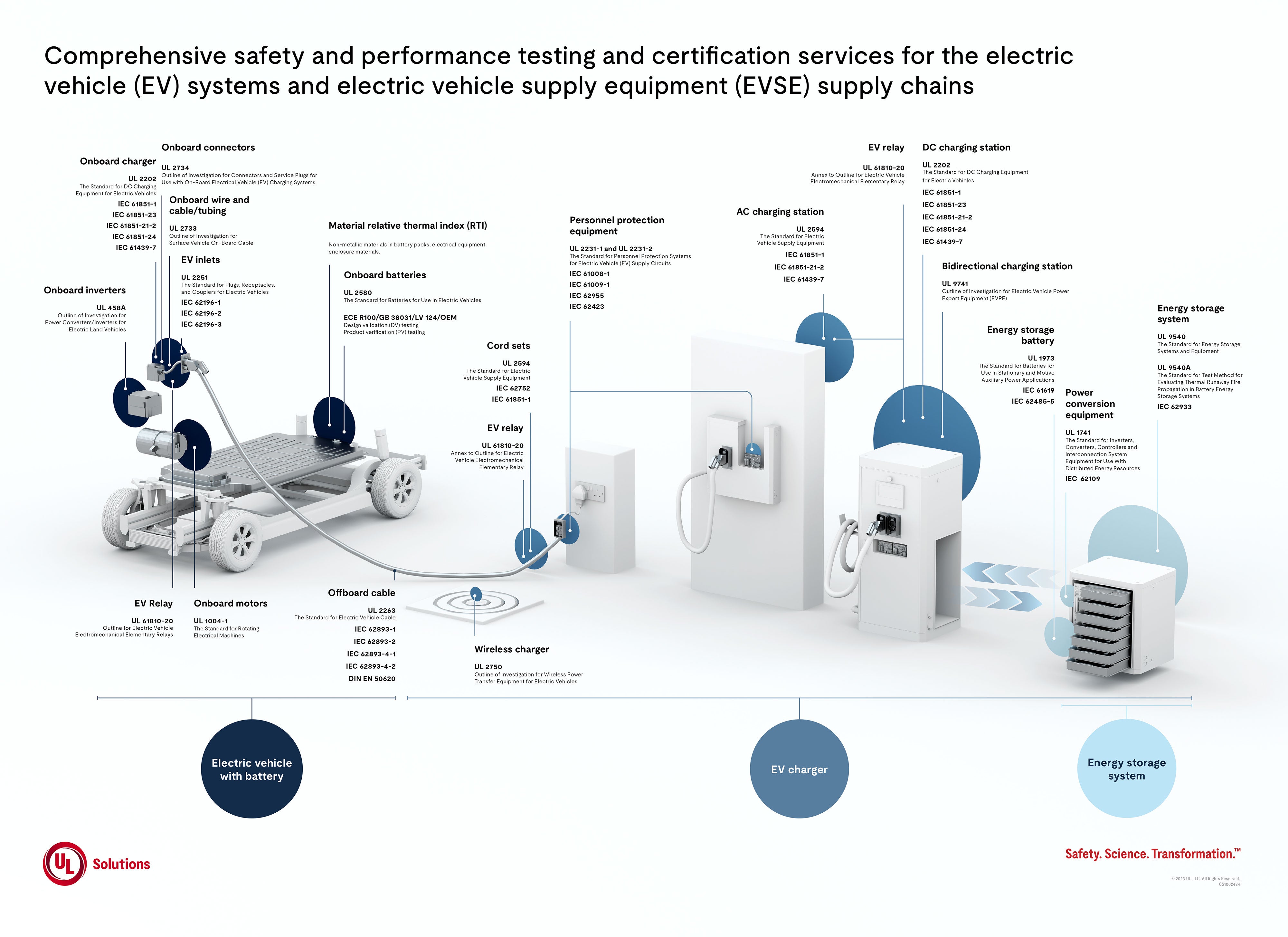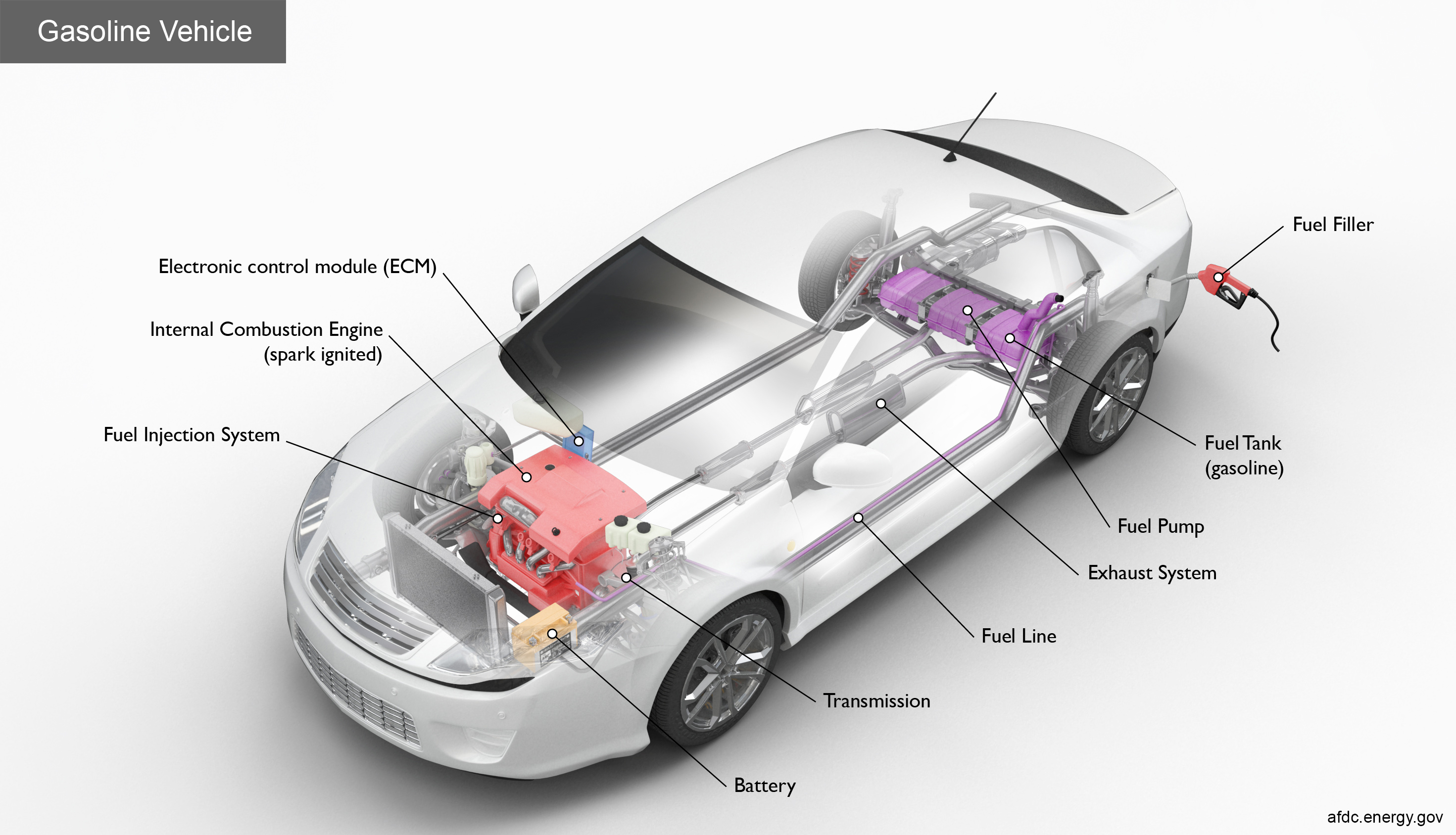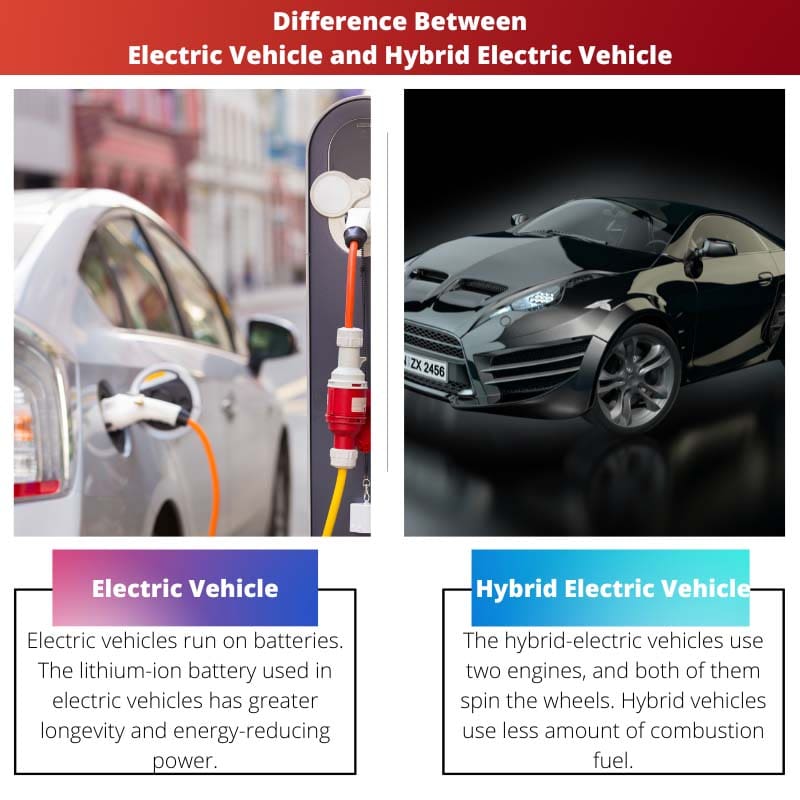Understanding the Importance of Electric Vehicle Safety Standards
The growing concern for electric vehicle safety has led to a surge in demand for standardized safety protocols to protect drivers, passengers, and pedestrians. As the world shifts towards a more sustainable and environmentally friendly mode of transportation, it is crucial to address the unique risks associated with electric vehicles. Battery fires and electrical shock are just a few of the potential hazards that can be mitigated through the implementation of electric vehicle and electric motor safety standards.
According to recent studies, the number of electric vehicles on the road is expected to increase exponentially in the coming years. This growth has led regulatory bodies to develop and enforce stricter safety standards for electric vehicles. The National Highway Traffic Safety Administration (NHTSA) and the International Electrotechnical Commission (IEC) are just a few of the organizations working tirelessly to ensure that electric vehicles meet the highest safety standards.
Electric vehicle and electric motor safety standards play a critical role in preventing accidents and ensuring the safe adoption of electric vehicles. By implementing standardized safety protocols, manufacturers can reduce the risk of electrical shock, battery fires, and other hazards associated with electric vehicles. Furthermore, these standards provide a framework for manufacturers to design and test their vehicles, ensuring that they meet the highest safety standards.
As the electric vehicle market continues to grow, it is essential to prioritize safety. By understanding the importance of electric vehicle and electric motor safety standards, manufacturers, regulators, and consumers can work together to create a safer and more sustainable transportation system. In the following sections, we will delve deeper into the key components of electric vehicle safety standards and explore how they are implemented in real-world electric vehicles.
Key Components of Electric Vehicle Safety Standards
Electric vehicle and electric motor safety standards are comprised of several key components that work together to ensure the safe operation of electric vehicles. These components include battery safety, electrical safety, and crashworthiness. Each of these components plays a critical role in mitigating the risks associated with electric vehicles, such as battery fires and electrical shock.
Battery safety is a critical component of electric vehicle safety standards. Electric vehicle batteries are designed to be highly efficient and reliable, but they can also be prone to overheating and fires if not properly maintained. To address this risk, electric vehicle manufacturers must implement safety protocols such as battery management systems and thermal management systems. These systems help to regulate battery temperature and prevent overheating, reducing the risk of battery fires.
Electrical safety is another essential component of electric vehicle safety standards. Electric vehicles rely on complex electrical systems to operate, and these systems can be prone to electrical shock and other hazards if not properly designed and installed. To address this risk, electric vehicle manufacturers must implement safety protocols such as electrical insulation and grounding systems. These systems help to prevent electrical shock and ensure the safe operation of electric vehicles.
Crashworthiness is also a critical component of electric vehicle safety standards. Electric vehicles must be designed to withstand crashes and other impacts, and to protect occupants in the event of an accident. To address this risk, electric vehicle manufacturers must implement safety protocols such as crumple zones and airbags. These systems help to absorb the impact of a crash and protect occupants from injury.
Examples of electric vehicles that have implemented these safety standards include the Tesla Model S and the Nissan Leaf. These vehicles have been designed with safety in mind, and have implemented a range of safety protocols to mitigate the risks associated with electric vehicles. For example, the Tesla Model S has a 5-star safety rating and has been designed with a range of safety features, including a battery management system and a crumple zone.
By understanding the key components of electric vehicle safety standards, manufacturers and consumers can work together to create a safer and more sustainable transportation system. In the next section, we will explore how to ensure electric motor safety in your vehicle, and provide practical tips for electric vehicle owners.
How to Ensure Electric Motor Safety in Your Vehicle
As an electric vehicle owner, it is essential to ensure that your electric motor is safe and functioning properly. Regular maintenance is crucial to prevent worn-out parts and ensure proper cooling systems. Here are some practical tips to help you ensure electric motor safety in your vehicle:
Check for worn-out parts: Regularly inspect your electric motor for worn-out parts, such as bearings, seals, and gaskets. Replace these parts promptly to prevent damage to the motor and ensure safe operation.
Ensure proper cooling systems: Electric motors can overheat if not properly cooled. Check your vehicle’s cooling system regularly to ensure it is functioning correctly. Make sure the coolant level is adequate, and the cooling fan is working properly.
Monitor battery health: The battery is a critical component of your electric vehicle’s electric motor. Monitor your battery’s state of charge, voltage, and temperature to ensure it is healthy and functioning correctly.
Follow manufacturer guidelines: Your vehicle’s manufacturer has provided guidelines for maintaining and repairing your electric motor. Follow these guidelines to ensure you are performing maintenance and repairs correctly.
Use genuine parts: When replacing parts, use genuine parts from your vehicle’s manufacturer or authorized dealers. This ensures that the parts meet the required safety standards and are compatible with your vehicle’s electric motor.
Keep your vehicle’s software up-to-date: Regularly update your vehicle’s software to ensure you have the latest safety features and improvements. This can help prevent issues with your electric motor and ensure safe operation.
By following these practical tips, you can help ensure your electric motor is safe and functioning properly. Remember, regular maintenance is key to preventing issues and ensuring safe operation. In the next section, we will examine the role of regulatory bodies in shaping electric vehicle safety standards.
The Role of Regulatory Bodies in Shaping Electric Vehicle Safety Standards
Regulatory bodies play a crucial role in shaping electric vehicle and electric motor safety standards. The National Highway Traffic Safety Administration (NHTSA) and the International Electrotechnical Commission (IEC) are two prominent organizations that develop and enforce safety standards for electric vehicles.
The NHTSA is responsible for setting safety standards for electric vehicles in the United States. The organization works closely with manufacturers to ensure compliance with safety standards, including those related to battery safety, electrical safety, and crashworthiness. The NHTSA also conducts regular inspections and testing to ensure that electric vehicles meet safety standards.
The IEC is a global organization that develops and publishes safety standards for electric vehicles. The IEC works with manufacturers, regulatory bodies, and other stakeholders to develop safety standards that are applicable worldwide. The IEC’s safety standards cover a range of topics, including battery safety, electrical safety, and charging systems.
Regulatory bodies collaborate with manufacturers to ensure compliance with safety standards. Manufacturers are required to submit their electric vehicles for testing and inspection to ensure that they meet safety standards. Regulatory bodies also provide guidance and support to manufacturers to help them comply with safety standards.
The collaboration between regulatory bodies and manufacturers has led to the development of safer electric vehicles. For example, the Tesla Model S has been designed to meet the safety standards set by the NHTSA and the IEC. The vehicle’s battery management system and electrical safety features are designed to prevent electrical shock and fires.
In addition to regulatory bodies, industry organizations also play a crucial role in shaping electric vehicle safety standards. The Society of Automotive Engineers (SAE) and the International Organization for Standardization (ISO) are two prominent industry organizations that develop and publish safety standards for electric vehicles.
By working together, regulatory bodies, manufacturers, and industry organizations can ensure that electric vehicles meet the highest safety standards. This collaboration is essential for promoting the safe adoption of electric vehicles and reducing the risks associated with their use.
Electric Vehicle Safety Standards for Charging Systems
Electric vehicle charging systems are a critical component of electric vehicle safety standards. The safety of charging systems is crucial to prevent electrical shock and fires. There are three main types of charging systems: Level 1, Level 2, and DC Fast Charging.
Level 1 charging systems use a standard 120-volt outlet and are typically used for overnight charging at home. Level 2 charging systems use a 240-volt outlet and are typically used for faster charging at home or in public charging stations. DC Fast Charging systems use a high-power DC charger and are typically used for rapid charging on highways and intercity routes.
The safety standards for electric vehicle charging systems are designed to prevent electrical shock and fires. These standards include requirements for electrical insulation, grounding, and overcurrent protection. The standards also require charging systems to be designed and installed to prevent electrical shock and fires.
For example, the Society of Automotive Engineers (SAE) has developed a standard for electric vehicle charging systems, SAE J1772. This standard requires charging systems to be designed and installed to prevent electrical shock and fires. The standard also requires charging systems to be tested and certified to ensure compliance with safety standards.
In addition to safety standards, regulatory bodies also play a crucial role in ensuring the safety of electric vehicle charging systems. The National Highway Traffic Safety Administration (NHTSA) and the International Electrotechnical Commission (IEC) are two prominent organizations that develop and enforce safety standards for electric vehicle charging systems.
Manufacturers are also taking steps to ensure the safety of electric vehicle charging systems. For example, Tesla has developed a proprietary charging system that is designed to prevent electrical shock and fires. The system uses a combination of electrical insulation, grounding, and overcurrent protection to ensure safe charging.
In conclusion, electric vehicle safety standards for charging systems are critical to preventing electrical shock and fires. The safety standards for charging systems are designed to ensure safe charging and prevent electrical shock and fires. Regulatory bodies and manufacturers are working together to ensure the safety of electric vehicle charging systems.
Real-World Examples of Electric Vehicle Safety Standards in Action
The Chevrolet Bolt is a prime example of an electric vehicle that has implemented safety standards to ensure the safety of its occupants. The Bolt features a range of safety features, including emergency braking and lane departure warning systems. These features are designed to prevent accidents and reduce the risk of injury or death.
The Hyundai Kona Electric is another example of an electric vehicle that has implemented safety standards. The Kona Electric features a range of safety features, including forward collision avoidance and lane keeping assist. These features are designed to prevent accidents and reduce the risk of injury or death.
Both the Chevrolet Bolt and the Hyundai Kona Electric have been designed to meet the safety standards set by regulatory bodies such as the National Highway Traffic Safety Administration (NHTSA) and the International Electrotechnical Commission (IEC). These standards are designed to ensure that electric vehicles are safe for occupants and other road users.
In addition to safety features, both the Chevrolet Bolt and the Hyundai Kona Electric have been designed to meet the safety standards for electric vehicle charging systems. The vehicles feature charging systems that are designed to prevent electrical shock and fires, and are compliant with safety standards such as SAE J1772.
The implementation of safety standards in electric vehicles such as the Chevrolet Bolt and the Hyundai Kona Electric demonstrates the importance of prioritizing safety in the design and development of electric vehicles. By incorporating safety features and meeting safety standards, manufacturers can help to reduce the risk of accidents and ensure the safe adoption of electric vehicles.
As the electric vehicle market continues to grow, it is likely that we will see even more innovative safety features and technologies being developed and implemented. Regulatory bodies and manufacturers will continue to work together to ensure that electric vehicles meet the highest safety standards, and that occupants and other road users are protected from harm.
Future Developments in Electric Vehicle Safety Standards
The electric vehicle industry is rapidly evolving, and safety standards are playing a crucial role in shaping the future of electric vehicles. Emerging trends and technologies, such as autonomous driving and advanced battery management systems, are expected to have a significant impact on electric vehicle safety standards.
Autonomous driving, for example, is expected to revolutionize the way we think about safety on the road. Autonomous vehicles will be able to detect and respond to potential hazards more quickly and accurately than human drivers, reducing the risk of accidents and injuries. However, autonomous vehicles also present new safety challenges, such as the potential for cyber attacks and the need for advanced sensor systems.
Advanced battery management systems are another area of innovation that is expected to impact electric vehicle safety standards. These systems will enable electric vehicles to charge more quickly and efficiently, reducing the risk of battery fires and electrical shock. They will also enable electric vehicles to operate more safely in extreme temperatures and other challenging environments.
Regulatory bodies, such as the National Highway Traffic Safety Administration (NHTSA) and the International Electrotechnical Commission (IEC), are already working to develop safety standards for autonomous vehicles and advanced battery management systems. These standards will help to ensure that electric vehicles are safe for occupants and other road users, and that they meet the highest safety standards.
Manufacturers are also investing heavily in research and development to improve electric vehicle safety standards. For example, Tesla has developed a range of safety features, including Autopilot and Full Self-Driving Capability, that are designed to reduce the risk of accidents and injuries. Other manufacturers, such as General Motors and Volkswagen, are also investing in autonomous driving and advanced battery management systems.
As the electric vehicle industry continues to evolve, it is likely that we will see even more innovative safety features and technologies being developed and implemented. Regulatory bodies and manufacturers will continue to work together to ensure that electric vehicles meet the highest safety standards, and that occupants and other road users are protected from harm.
Conclusion: The Importance of Electric Vehicle and Electric Motor Safety Standards
In conclusion, electric vehicle and electric motor safety standards are crucial for ensuring the safe adoption of electric vehicles. The growing concern for electric vehicle safety highlights the need for standardized safety protocols to protect drivers, passengers, and pedestrians. By understanding the key components of electric vehicle safety standards, including battery safety, electrical safety, and crashworthiness, manufacturers and consumers can work together to create a safer and more sustainable transportation system.
The role of regulatory bodies, such as the National Highway Traffic Safety Administration (NHTSA) and the International Electrotechnical Commission (IEC), is critical in developing and enforcing electric vehicle safety standards. These organizations collaborate with manufacturers to ensure compliance and provide guidance on safety protocols.
Emerging trends and technologies, such as autonomous driving and advanced battery management systems, will shape the future of electric vehicle safety standards. As the electric vehicle industry continues to evolve, it is essential to prioritize safety and ensure that electric vehicles meet the highest safety standards.
When purchasing or owning an electric vehicle, it is crucial to prioritize safety. By understanding the importance of electric vehicle and electric motor safety standards, consumers can make informed decisions and ensure a safe and enjoyable driving experience.
In summary, electric vehicle and electric motor safety standards are essential for ensuring the safe adoption of electric vehicles. By understanding the key components of electric vehicle safety standards and prioritizing safety, we can create a safer and more sustainable transportation system for the future.








